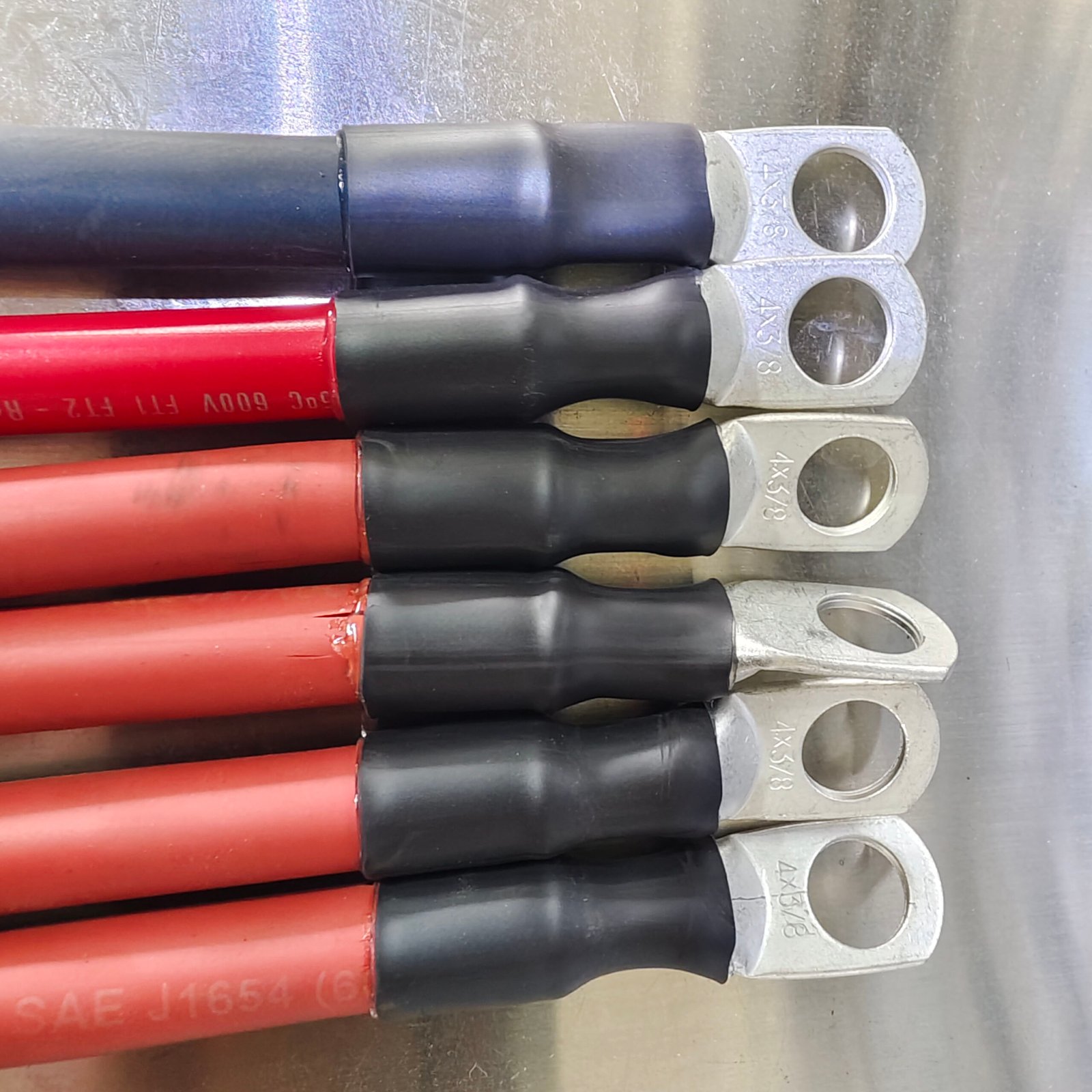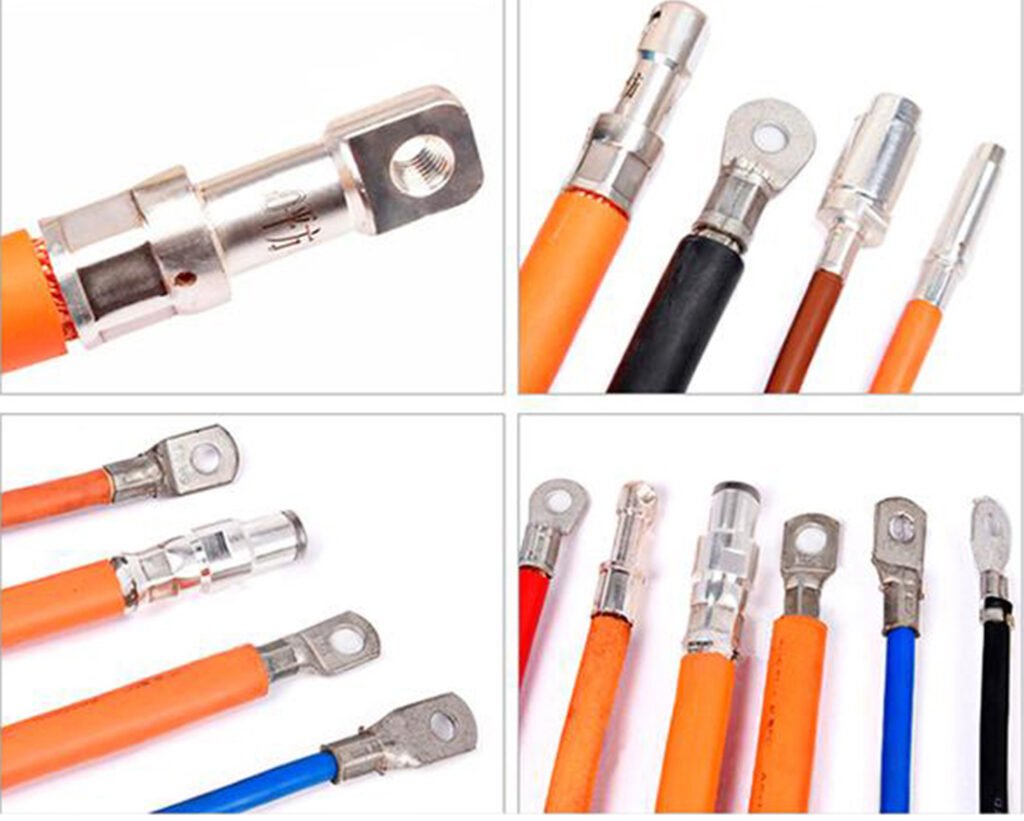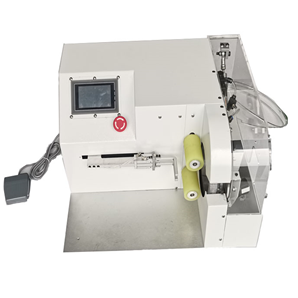The Status Quo of New Energy Vehicles
-
 @
Mark Ji
@
Mark Ji
- Last updated
Table of Contents
New energy vehicles, including electric vehicles (EVs), plug-in hybrid electric vehicles (PHEVs), and fuel cell electric vehicles (FCEVs), represent the future of sustainable transportation. While still a small segment of the overall vehicle market, new energy vehicles have seen rapid growth in recent years due to advancements in technology and policy support. This article will provide an overview of the current status of new energy vehicles, including market share, technology trends, challenges, and outlook for the future.

Market Share and Sales
While new energy vehicles still only account for a small percentage of total vehicle sales, their market share has been growing rapidly.
• Global new energy vehicle sales reached 2.1 million in 2019, up 40% from 2018. EVs accounted for 1.18 million of those sales, while PHEVs made up the rest.
• China remains the largest market for new energy vehicles, with 1.2 million units sold in 2019 and accounting for 56% of the global total. China has ambitious targets to increase new energy vehicle production and sales.
• Europe saw a 87% increase in new energy vehicle sales in 2019 to nearly 500,000 units. Several European countries have announced plans to phase out internal combustion engine (ICE) vehicles in the coming decades.
• The United States saw a 19% increase in new energy vehicle sales in 2019 to over 320,000 units. However, new energy vehicles still only account for about 2% of total U.S. vehicle sales.
• Globally, new energy vehicles accounted for only 2.6% of total vehicle sales in 2019. However, this represents a significant increase from just 0.5% in 2015.
• Several automakers have announced plans to significantly expand their electric vehicle lineups in the coming years. For example, Volkswagen plans to launch nearly 70 new electric models by 2028.
• Many analysts predict that new energy vehicles will reach cost parity with ICE vehicles within the next 5 years. After that, they are expected to see rapid growth in market share.

Technology Trends
• Battery technology – Lithium-ion batteries continue to improve in terms of energy density, life, and charging speed. New battery chemistries like solid-state and lithium-sulfur are in development.
• Electric motors – Permanent magnet synchronous and induction motors are becoming more efficient, powerful, and compact.
• Vehicle lightweighting – The use of materials like aluminum, magnesium, and carbon fiber composites is reducing vehicle weight to extend range.
• Connectivity and automation – New energy vehicles are being designed with the connectivity and sensor technology needed for automated driving.
• Fuel cell technology – Automakers continue to invest in fuel cell and hydrogen technologies as a potential alternative to battery-electric vehicles.
• Vehicle design – New energy vehicles are being optimized aerodynamically and thermally to improve efficiency and range.
• Charging infrastructure – The number of public charging stations continues to grow to support increased electric vehicle adoption.
• Battery recycling – Automakers and recyclers are developing more sustainable and economical ways to recover materials from spent lithium-ion batteries.
• Government policies – Countries continue to implement policies like subsidies, tax incentives, and emissions regulations to promote new energy vehicles.

Challenges
• Higher upfront costs – New energy vehicles still cost more upfront than comparable ICE vehicles, though operating costs are lower.
• Limited range and anxiety – Many new energy vehicles still have ranges under 320 kilometers on a single charge, causing range anxiety for some drivers.
• Slow charging times – It can still take 30 minutes to several hours to fast charge a battery, compared to minutes to refuel an ICE vehicle.
• Lack of charging infrastructure – There are still not enough public charging stations in most areas to support widespread electric vehicle adoption.
• Battery costs – Batteries still represent a significant portion of an electric vehicle’s cost, though prices are declining.
• Materials sourcing – There are concerns about the environmental and social impacts of sourcing materials for batteries like lithium, cobalt, and nickel.
• Lack of consumer awareness – Many consumers still lack awareness and understanding of new energy vehicle technologies and benefits.
• Limited model availability – There are still relatively few new energy vehicle models for consumers to choose from, especially in the U.S. market.
• Dependence on government support – New energy vehicles still rely heavily on government subsidies and other policy support mechanisms.

Outlook for the Future
• Continued technology advancements – Battery, motor, and vehicle technologies are expected to continue improving rapidly.
• Declining battery costs – Mass production and technology improvements are expected to continue driving down battery prices.
• Increased model availability – More automakers are committing to expanding their electric vehicle lineups in the coming years.
• Growing charging infrastructure – Governments and businesses are investing heavily in building out public charging networks.
• Strong policy support – Many governments have implemented strong policies to promote new energy vehicles and phase out ICE vehicles.
• Stricter emissions regulations – Tougher vehicle emissions standards will incentivize more automakers to introduce electric vehicles.
• Consumer demand – Younger consumers, in particular, are showing a strong preference for new energy vehicles due to their benefits.
• Climate change concerns – The need to reduce transportation emissions and mitigate climate change is driving demand for zero-emission vehicles.
• Potential cost parity – Analysts predict that new energy vehicles will reach cost parity with ICE vehicles within the next 5 years.
• Corporate average fuel economy (CAFE) standards – Stricter CAFE standards will force automakers to introduce more fuel-efficient vehicles, including electric models.
In summary, while new energy vehicles still face challenges, the combination of expected technology advancements, policy support, stricter emissions regulations, and growing consumer demand point to significant growth in the next decade. With the right policies and investments, new energy vehicles have the potential to become the new normal in sustainable transportation.

